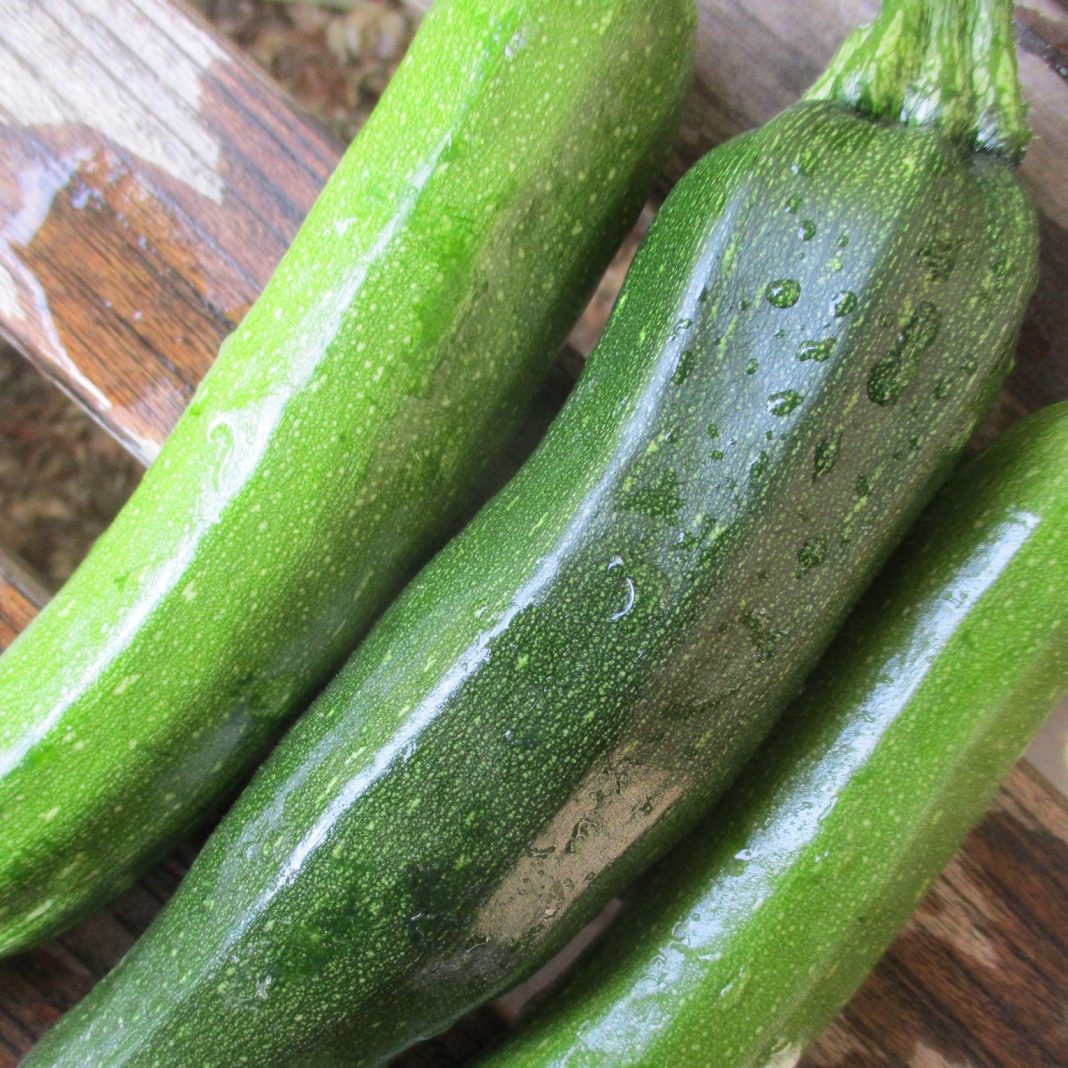UNITED STATES—Summer is for warm season vegetables like tomatoes, beans, corn, okra, and of course, summer squash. The name says it all. Summer squash are the sort of squash that develop and are ready for harvest through summertime. The season continues until the plants succumb to cooling autumn weather. The abundant squash fruits are best while young and tender, before they actually ripen.
Related winter squash grow through summer too. However, they ripen completely through the growing season before harvest in autumn. By the time they are ripe, their foliage will be succumbing to frost. They are much less perishable than summer squash are, so last for months if stored properly. Instead of producing abundant small fruits, winter squash plants produce only a few big fruits.
Summer squash plants can produce big fruits too, but at the expense of preferred tender juvenile fruits. They simply will not divert resources to new small fruits while concentrating their effort into a big fruit full of viable seed. After all, seed production is their priority. Regular harvest of juvenile fruits actually stimulates the production of more fruits. It forces the plants to redirect their resources.
One size does not fit all.
There is certainly nothing wrong with summer squash fruits that have matured a bit more than they should. Stuffed zucchini is merely medium sized zucchini sliced in half lengthwise, hollowed out, stuffed and baked. Some people actually prefer to leave the last summer squash fruits of the season out in the garden to get as big as they can before frost. Such fruits are tough, but not too bad.
Common zucchini and its varieties are the most poplar of the summer squash. They are generally the most reliable and most productive. Crookneck squash are likely the second most popular of summer squash locally. They are slightly less productive, but provide variation of flavor. Pattypan squash have good flavor, and a slightly firmer texture that is an advantage for soups and freezing.
Other interesting varieties of summer squash are too numerous to list. Each exhibits its own distinct characteristics.
Highlight: Zucchini
Zucchini, Cucurbita pepo, is the epitome of summer squash. Because it is so easy to grow, it is the primary choice for gardens that can accommodate only one set of summer squash plants. The fruits can be yellow, dark green or dark green with a lacy gray pattern, Yet, the common medium green variety is still the most popular. It is likely the most vigorous and most productive of them all.
Like all squash, zucchini wants good warm exposure, rich soil and regular watering. Powdery mildew can be a problem if the foliage gets wet from watering late in the day. Foliage that is ruined by powdery mildew should be removed. Plants are easiest to grow from seed sown directly where they are desired, after the last frost. Two or three plants should grow together in each set.
Fruits are best before they get longer than eight inches or so, although they are edible at any stage. They can eventually grow as big as baseball bats. However, plants that produce such big fruits produce almost nothing else. Regular harvest promotes prolific production. Male flowers are more abundant than female flowers that produce the fruits. All flowers are edible before they shrivel.
Horticulturist Tony Tomeo can be contacted at tonytomeo.com.






